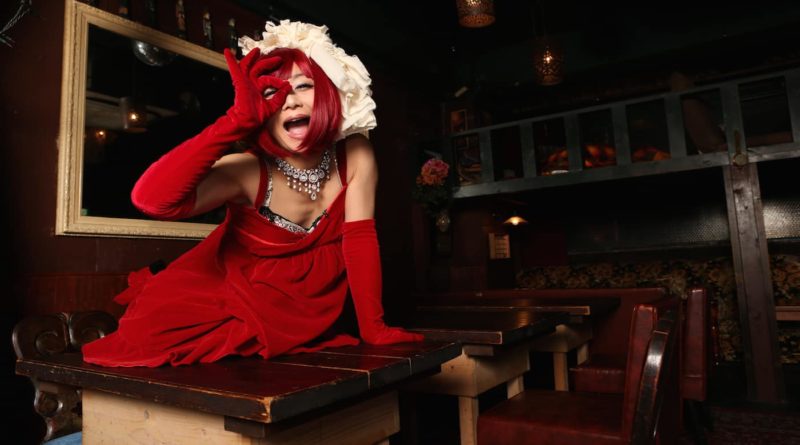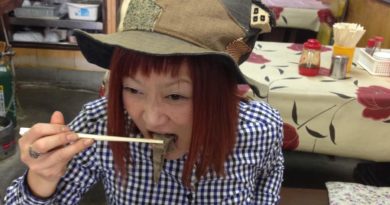Goto Izumi: Hiroshima’s Bohemian Queen
I was lying in a tent, weary from 2 days of Bob Marley covers, when I first encountered Goto Izumi.
Drawn out by a high-pitched, childlike voice backed by the simplest of percussion and a plodding bass guitar, I fell in love with her misfit trio, Nekomushi, on the spot. One thing led to another, and a year later, it was me plucking that bass.
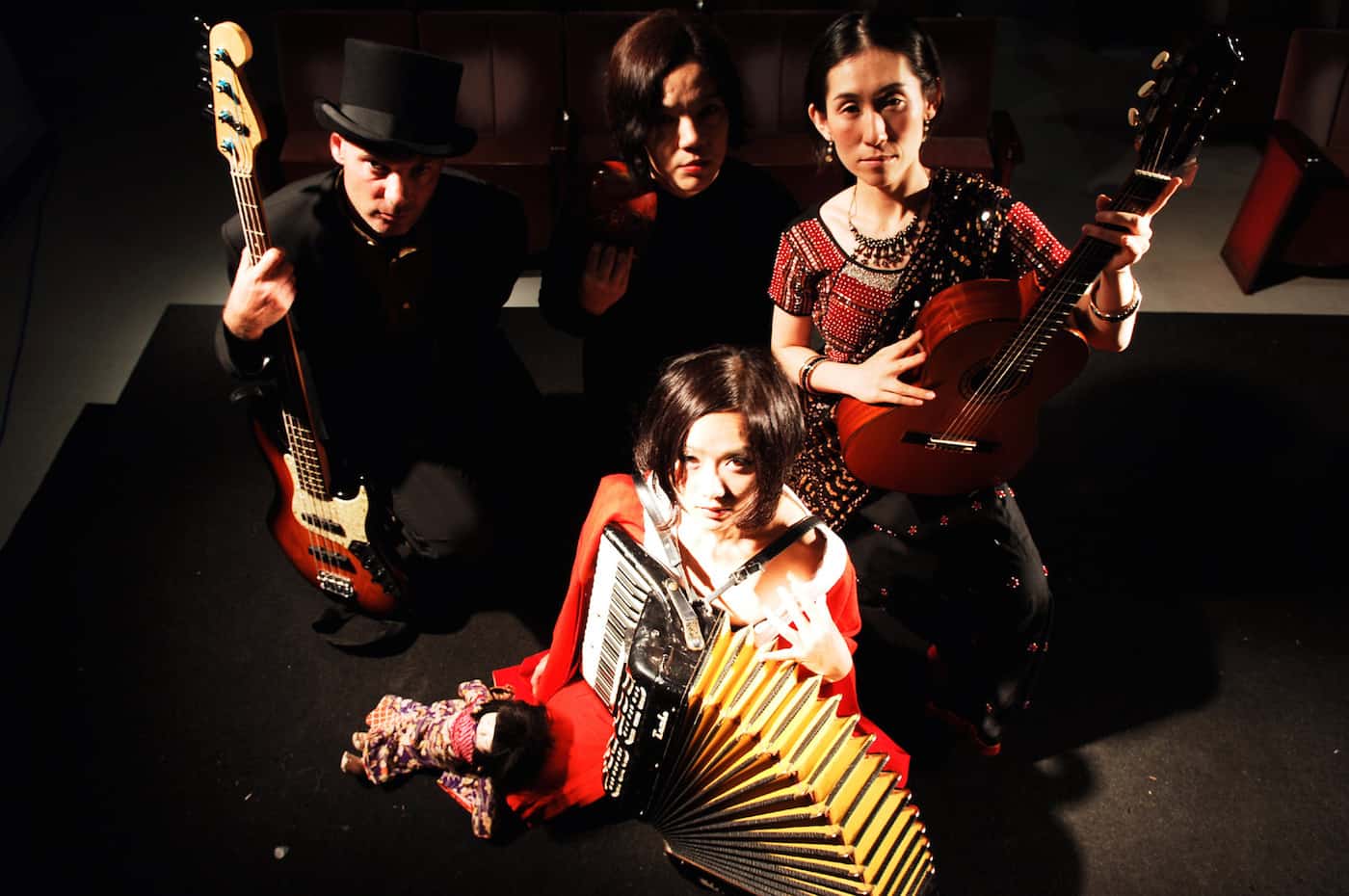
Clad in juban (a garment usually worn under a kimono) and wielding her trusty accordion like a weapon, Goto Izumi pulled her theatrical sideshow, inspired by the theater of Terayama Shuji and the ero-guro manga of artists like Maruo Suehiro, all around Japan. Then, on our return from the 2007 SXSW festival in the US, she pulled the plug. It was the end of Nekomushi. Goto Izumi, however, was only just getting started.
Almost 10 years on, Goto Izumi has established herself as the undisputed queen of Hiroshima’s tightly-knit avant-garde community. In February she simultaneously released her 8th and 9th solo albums during the 8th anniversary celebrations of the opening of her live music cafe, Organ-za. In those 8 years she has taken over an entire building, creating a safe-haven for many who fall outside Hiroshima’s largely conservative mainstream. Although when she meets people for the first time, she usually says something like, “I make my way in the world as a musician while running a cafe,” Goto Izumi is also a writer, a promoter and MC, she has dabbled in film, hosted her own radio show, she has recently entered the world of burlesque. And, of course, she’s GetHiroshima’s Deep Hiroshima correspondent.
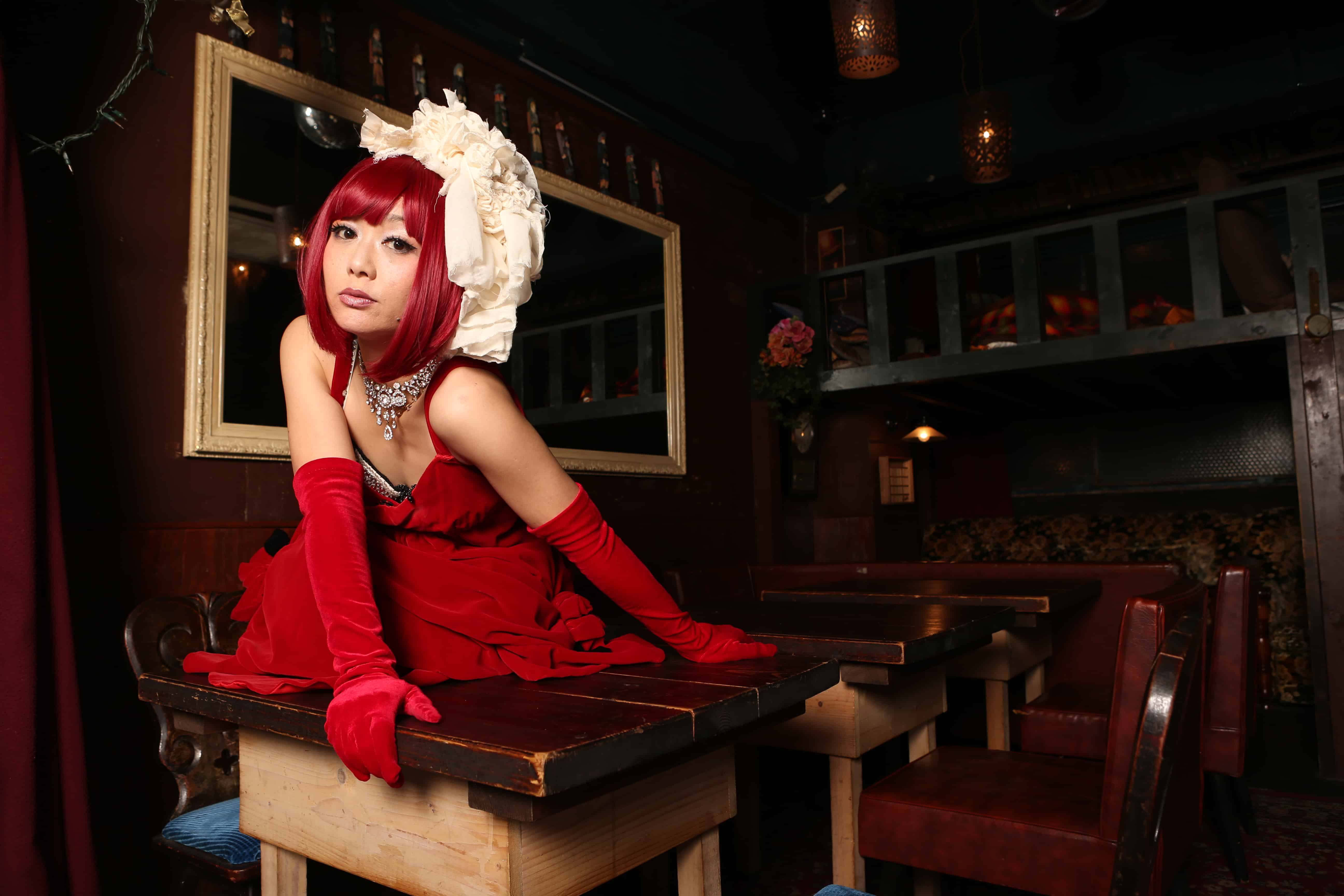
So, what, to her mind, is it that she really does?
“Basically I try to continually be creative. The music, the restaurant, film, cabaret, writing, it’s all the same as far as I’m concerned. It’s all about continuing to put things out into the world that people enjoy – to keep entertaining.”
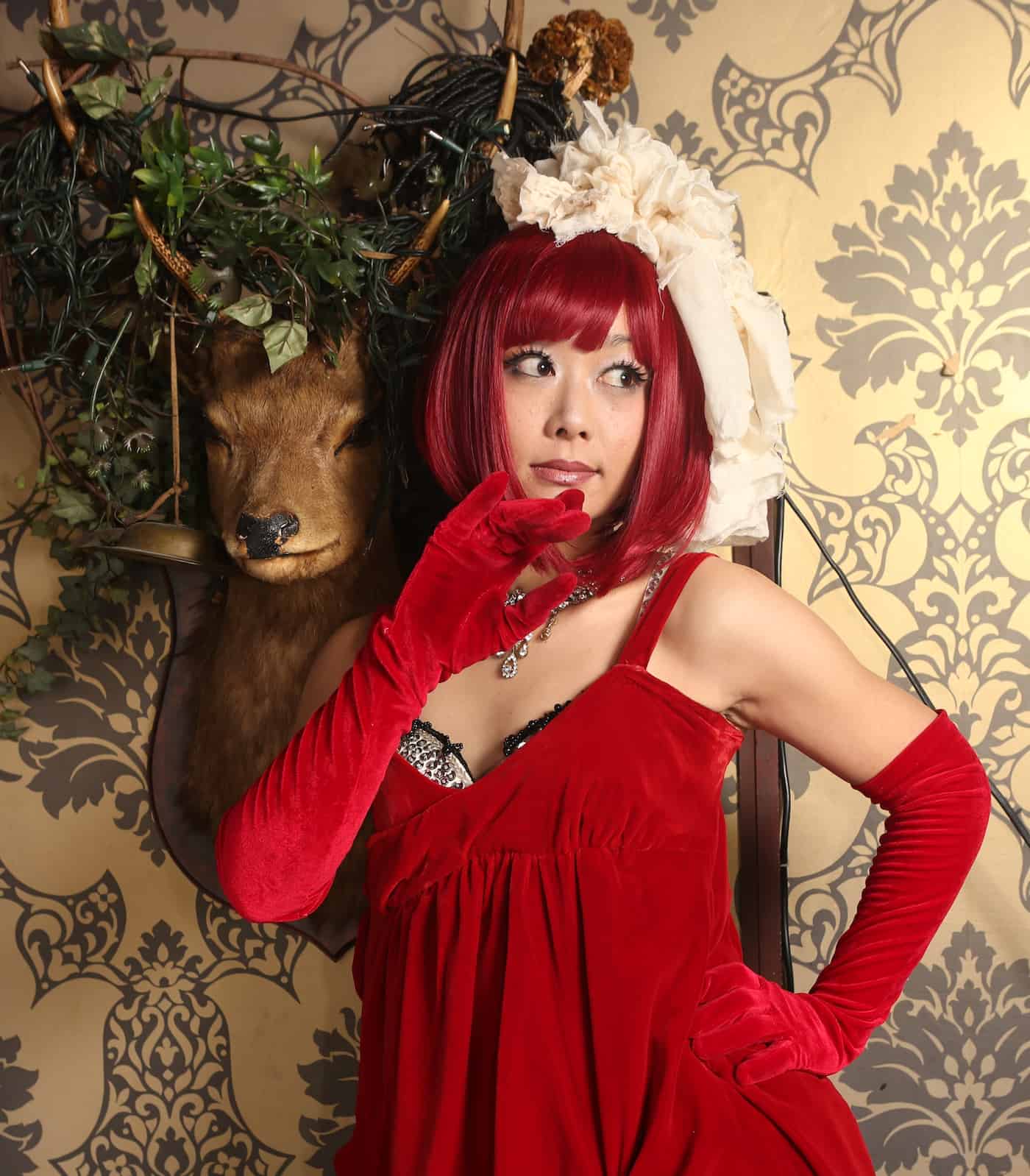
I recall always being impressed by her work ethic during the Nekomushi days. Whether playing to a packed house or just a handful of people, she always insisted that every show was different and hated the idea that a paying customer might see something she had done before. “Actually,” she says, “I’ve finally come to appreciate that if you create something that people respond to, there’s nothing wrong with treating your audience to it again. I’ve grown into a performer who can do the same show twice,” she laughs. “I was definitely more edgy and uncompromising when I was younger – everything had to be new and it had to be full on. I was fine that only those who “got” what I was doing were able to appreciate it. I’m more pragmatic now.”
Would she describe herself as more of an entertainer, rather an artist? “Yes, I care too much about whether people “get” what I’m doing! I only what I want to do and on my own terms, but I definitely want to entertain a wide audience. I view all my creations, no matter how off the wall, as entertainment products and if the audience doesn’t understand the show, I have failed as an entertainer.
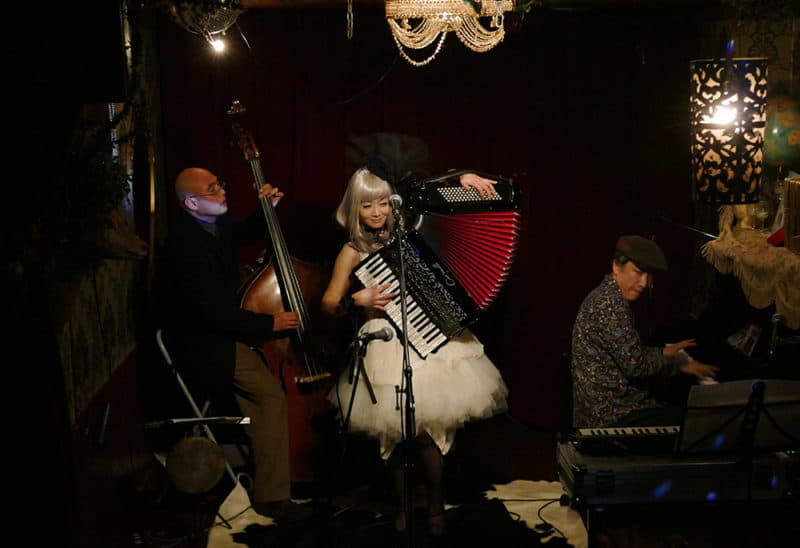
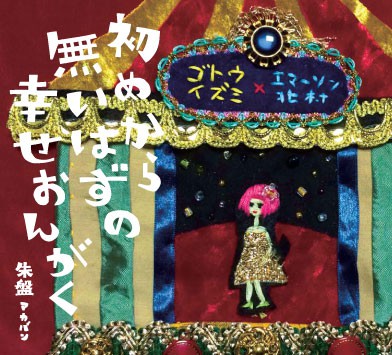 |
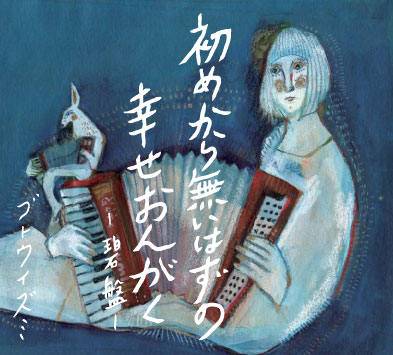 |
| Hajime kara nai hazu no shiawase ongaku (“Soundtrack to delusions of happiness”) comes in two versions. One accompanied by the keyboards of Emerson Kitamura, the other, a stripped down acoustic version. | |
Izumi has toured extensively overseas since that first trip to SXSW in 2007. Despite the language barrier, she manages enthral audiences around the world and I’ve seen her move people to tears. She puts this down to her focus on the desire to entertain. If you make that effort to get your feelings across whether that be through the voice, the music or the way you move and look, the audience will reciprocate and a connection can be made.
We turn to Organ-za. Izumi wanted her own space since she was 20 years old and was continually preparing, learning and saving all the while during the Nekomushi years. “I wanted to create the kind of place where I wanted to play and where could host other artists, a space that just didn’t exist in Hiroshima. I’d been playing music for years and had cut my teeth working in bars and restaurants, so it made sense to combine all these aspects. Organ-za is a cafe, a bar, a restaurant, a live music venue, a theater and even a kind of community space. It’s all these things at once, and that’s fine. That’s me. I’m not a pro-musician nor a pro-restaurant manager, but I am a pro at combining all these disparate aspects. That’s my talent.”
And how about the expansion, taking over the entire building with a cafe below Organ-za at street level and a second live space and gallery above?
“All according to plan,” she says with a cheeky smile.
It was at Organ-za’s 4nd anniversary celebration that Izumi first worked with Tokyo burlesque dancer Cherry Typhoon. It proved to be a fortuitous meeting and persuaded Izumi to move from Cabaret and dip her toe into the world of burlesque. Izumi took part in Cherry Typhoon’s well received Burlesque Ninja Show at the Montreal Fringe festival in 2014 and they are looking to adapt a Cherry Typhoon-penned Goto Izumi Murder Mystery to be taken overseas.
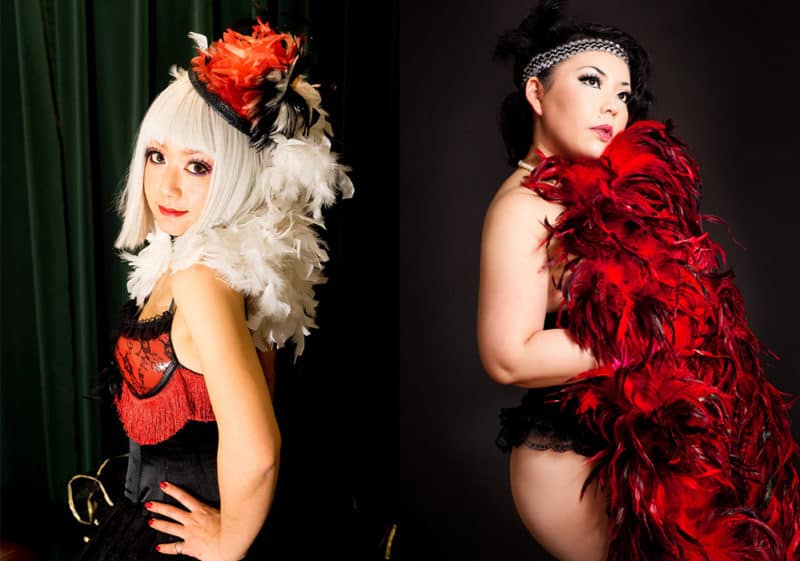
You can sense the excitement when Izumi talks of these collaborations, she obviously gets a thrill out of the challenge of working with someone so talented. Of burlesque Izumi says,”The more I heard about the scene and its history, the more I wanted to get involved. I love that it can be sexy, but it is not designed merely to titillate men, that it’s so open to women of all body types. When I was in Montreal it seemed like every woman you met was doing burlesque in their free time! The female/male ratio is about 60/40 at Organ-za’s burlesque events and they are great fun.”
I ask her how she does it all. Her diary is a mess of appointments, obligations and projects and she never seems to take a day off. Where does that energy come from?
“I don’t have a “hobby” as such, I don’t need a break or a holiday, I get to do what I want to do most – my work. I always have so much to do, but that just means I am continually doing what I want to do. It’s a wonder to me that people don’t work more. Why do what you enjoy only when you are “off”? Why not always be “on” doing what you enjoy?”
Read this article in French over at Jud à Hiroshima.


